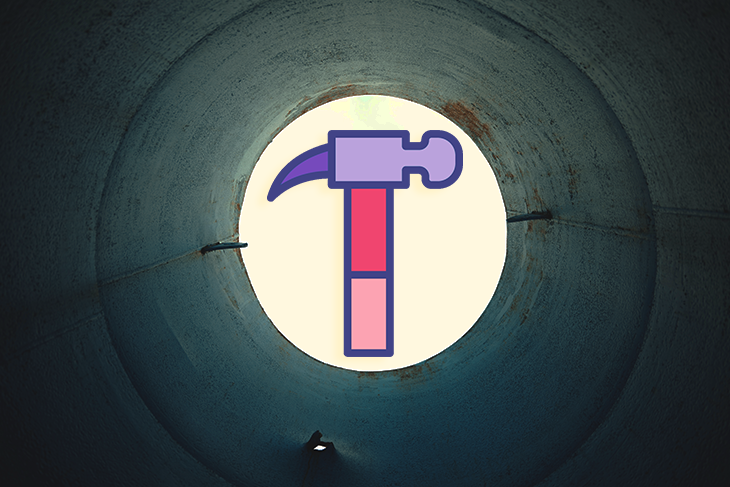On-page SEO is a powerful tool that can attract new visitors and customers to your website. It allows you to determine the topic, target audience, and target keywords for each page. If you’re unsure how to get started, we have created an on-page SEO checklist to assist you.
On-page SEO, also known as on-site SEO, involves optimizing various front-end and back-end components of your website to improve its ranking in search engines and attract new traffic. This includes content elements, site architecture elements, and HTML elements. Google’s algorithm considers on-page SEO, off-page SEO, and technical SEO when ranking websites.
On-page SEO is important because it provides information to Google about your website and the value it offers to visitors and customers. It helps optimize your site for both search engine bots and human users. Simply creating and publishing your website is not enough; you must optimize it for search engines to rank and attract new traffic. On-page SEO elements are visible to visitors, unlike off-page and technical SEO elements. Therefore, it is crucial to correctly implement on-page SEO.
The elements of on-page SEO can be divided into three main categories: content elements, HTML elements, and site architecture elements.
Content elements focus on keyword research and the incorporation of keywords into your content. Conduct keyword research using tools like Ahrefs, AnswerthePublic, and UberSuggest to choose relevant keywords and topics. Consider the buyer’s journey and visitors’ search intent when using keywords and creating content.
Visual content, such as images, graphics, and charts, plays a significant role in on-page SEO. Images enhance the visual appeal and engagement of web pages, make content more scannable, and can drive traffic from image search results. Optimize images with alt tags to provide information to search engines.
HTML elements refer to elements in your source code. Page titles (title tags) are essential SEO elements that inform visitors and search engines about the content of your pages. Incorporate the focus keyword for each page in the title. Headers (body tags) help organize content and signal its importance to search engines. Meta descriptions are short page descriptions that appear in search results and can influence click-through rates. Image alt-text describes images to search engines and helps in image-based search results. Structured markup makes it easier for Google to understand different elements of your content and improves the on-page experience for visitors.
Site architecture elements include page URLs, internal linking, mobile responsiveness, and site speed. Page URLs should be easy to understand for both readers and search engines. Internal linking directs readers to other pages on your website, signaling its value to search engines. Mobile responsiveness is crucial as Google prioritizes mobile-optimized sites. Site speed is important for user experience and can impact conversions and ROI.
Following these on-page SEO elements will help optimize your website and attract new visitors and customers.
Source link























